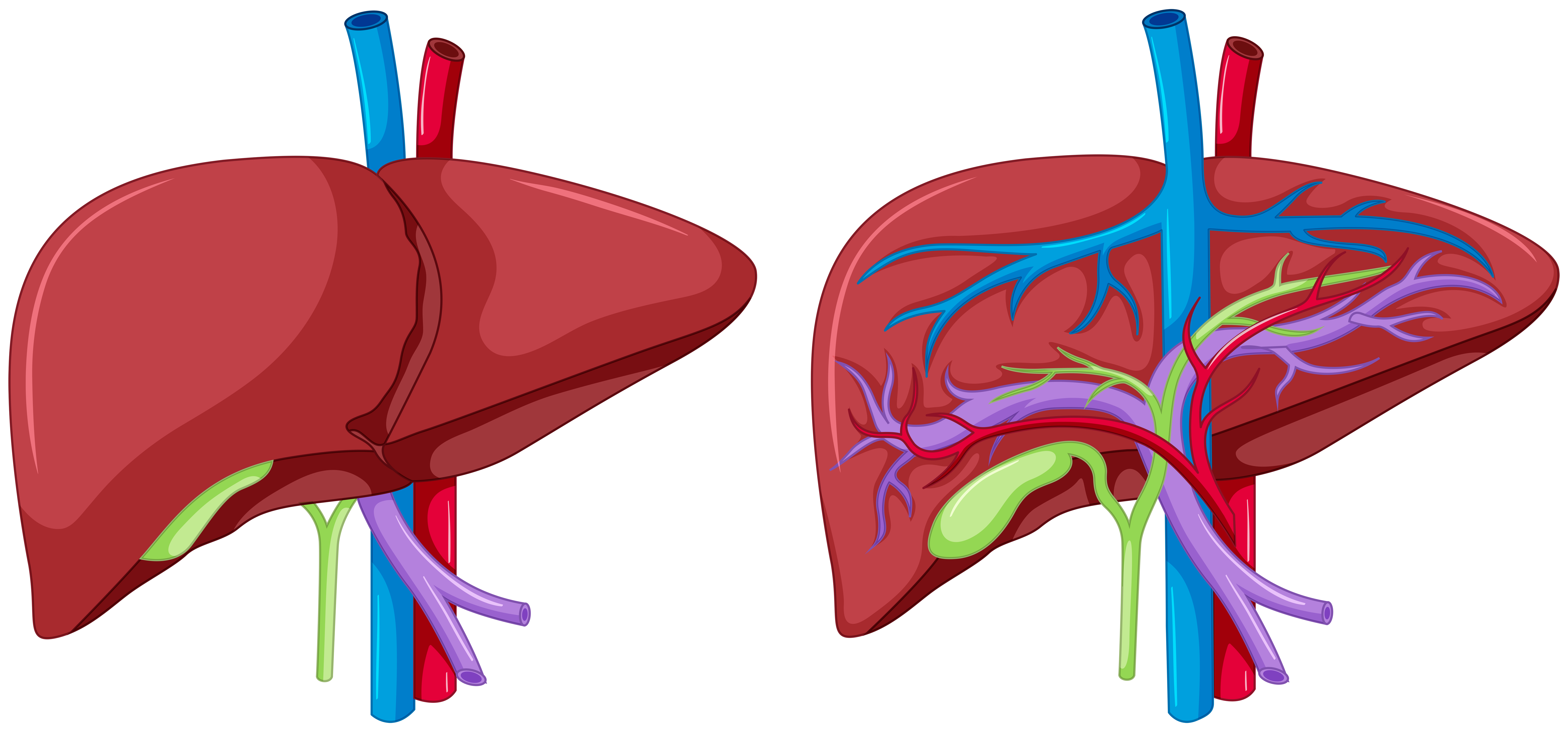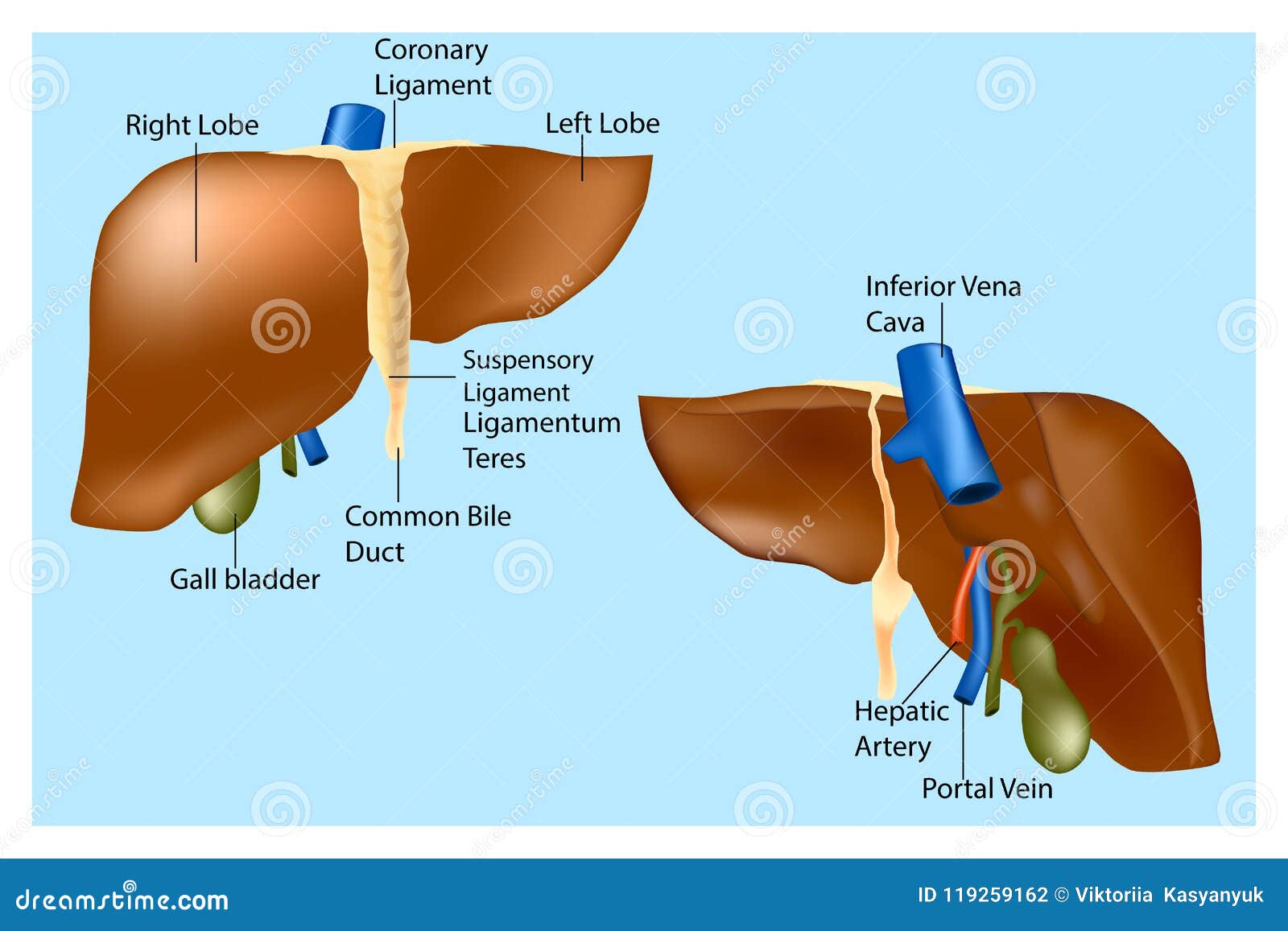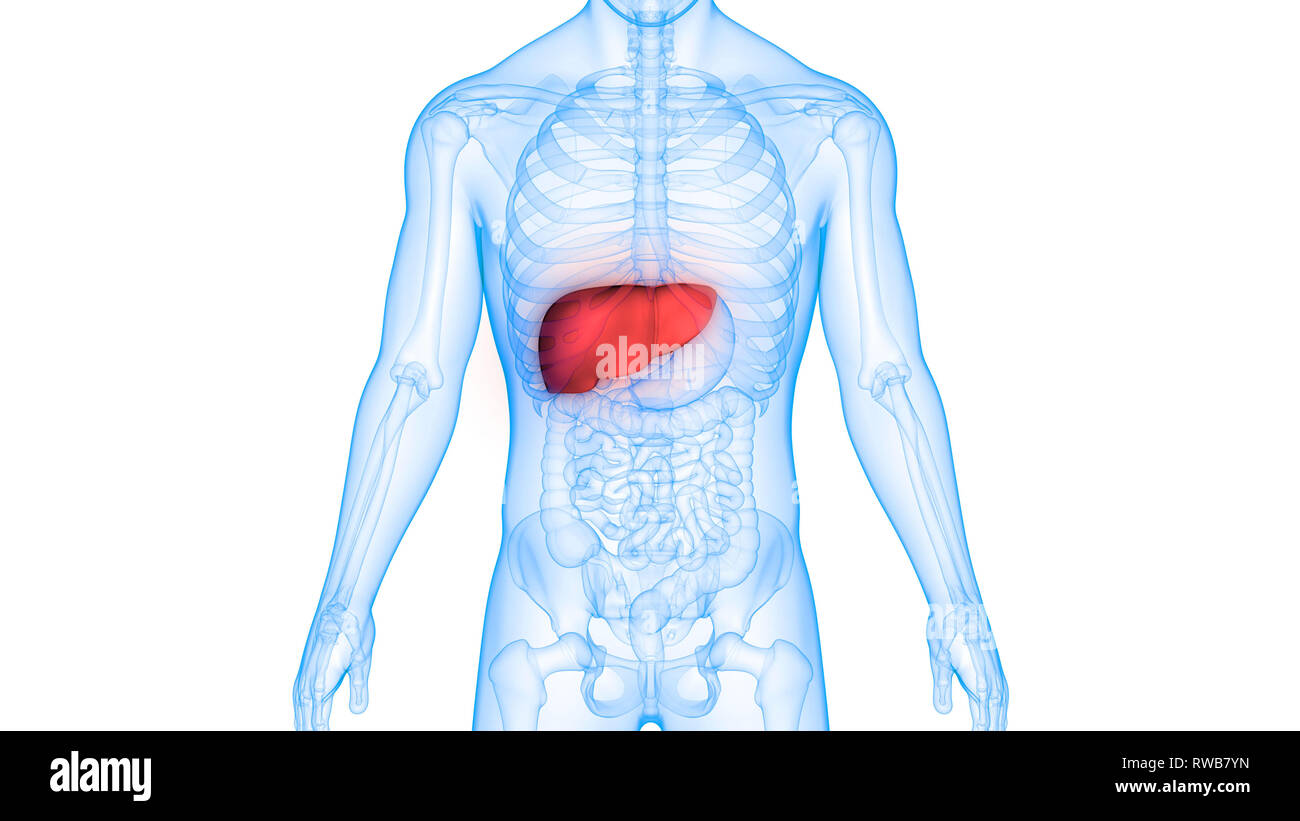Human Liver Anatomy Biology Diagrams Learn about the liver's location, structure, blood supply, and functions. The liver regulates most chemical levels in the blood, produces bile, and metabolizes drugs and nutrients.

Learn about the liver, the largest gland in the human body, and its position, structure, and neurovascular supply. Explore the anatomical lobes, ligaments, recesses, and vessels of the liver with diagrams and 3D models. Learn about the liver, the largest gland in the human body, and its anatomical features, such as lobes, surfaces, ligaments, fissures and recesses. Find out how the liver is supplied by blood, lymph and nerves, and what functions it performs.

Liver anatomy: location, lobes and function Biology Diagrams
The liver is a critical organ in the human body responsible for an array of functions that help support metabolism, immunity, digestion, detoxification, and vitamin storage, among other functions. It comprises around 2% of an adult's body weight. The liver is unique due to its dual blood supply from the portal vein (approximately 75%) and the hepatic artery (approximately 25%).

Liver anatomy consists of two main sections, called lobes, but it's much more than that. It is made up of many parts that handle over 300 important jobs for your body. In this article, we will explore the liver anatomy with its position in the body, its structure, and how it is supplied with blood and nerves. Anatomy of the Liver. The liver is reddish-brown and shaped approximately like a cone or a wedge, with the small end above the spleen and stomach and the large end above the small intestine. The entire organ is located below the lungs in the right upper abdomen. It weighs between 3 and 3.5 pounds.

Liver Functions, Location, Anatomy and Disease Biology Diagrams
Fortunately, the liver has an incredible capacity for regeneration of dead or damaged tissues; it is capable of growing as quickly as a cancerous tumor to restore its normal size and function. Anatomy of the Liver Gross Anatomy. The liver is a roughly triangular organ that extends across the entire abdominal cavity just inferior to the diaphragm.

The liver, viewed from above, showing the left and right lobes separated by the falciform ligament. The liver is a dark reddish brown, wedge-shaped organ with two lobes of unequal size and shape. A human liver normally weighs approximately 1.5 kilograms (3.3 pounds) [11] and has a width of about 15 centimetres (6 inches). [12] There is considerable size variation between individuals, with the
